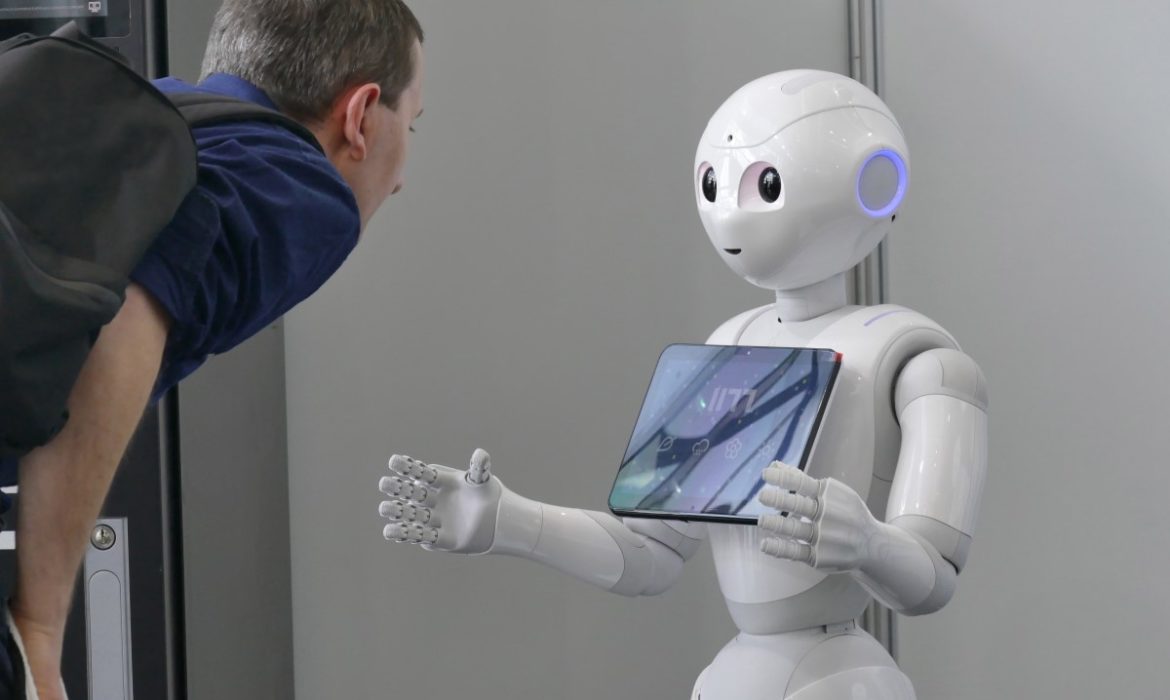The Chinese government implemented aggressive measures such as social distancing and lockdowns after the coronavirus hit China in late January 2020. However, such restrictions caused a dramatic decline in offline economic activities, especially in hotels, cinemas, restaurants, shops and parks.
On the other hand, online economic activities such as online education programs and e-commerce soared. Many cafes and restaurants began offering door-to-door delivery services. The digital economy also played a crucial role as a macroeconomic stabilizer thanks to its contact-free nature.
In fact, digital technology, including artificial intelligence (AI), ‘big-tech’ platforms, cloud computing, and big data, is transforming the Chinese economy.
Alibaba’s Taobao, China’s first e-commerce platform, was launched in June 2003. However, e-commerce did not rally until 2013, when 3G/4G networks and smartphones became widely available. Until that, online shopping was mainly built on desktop computers or 2G wireless networks, and the user experience wasn’t particularly enjoyable. However, online shopping had exceeded one-quarter of China’s total retail sales by the end of 2019.
What was the major obstacle for online shopping?
Alibaba had to decide how to conduct online payment to facilitate growth in e-commerce. Online transactions were an obstacle due to a lack of trust between buyers and sellers. To overcome that problem, Alibaba launched Alipay – mobile payment service provider at the end of 2004. Alipay had 1.2 billion users by mid-2019.
In 2013, on the market appeared WeChat Pay – Alipay’s main competitor. It was launched on a social media platform. WeChat Pay also attracted many users after it introduced electronic red envelopes during the Chinese New Year in 2014. WeChat Pay had about 900 million users by mid-2019.
Digital technology is making the Chinese economy more convenient, while also reducing costs, increasing efficiency, improving user experience and replacing labour. That is especially important, considering China’s rapidly ageing population. In lots of areas, AI and robots may substitute for labour, thus helping to ease the labour shortage problem.
















